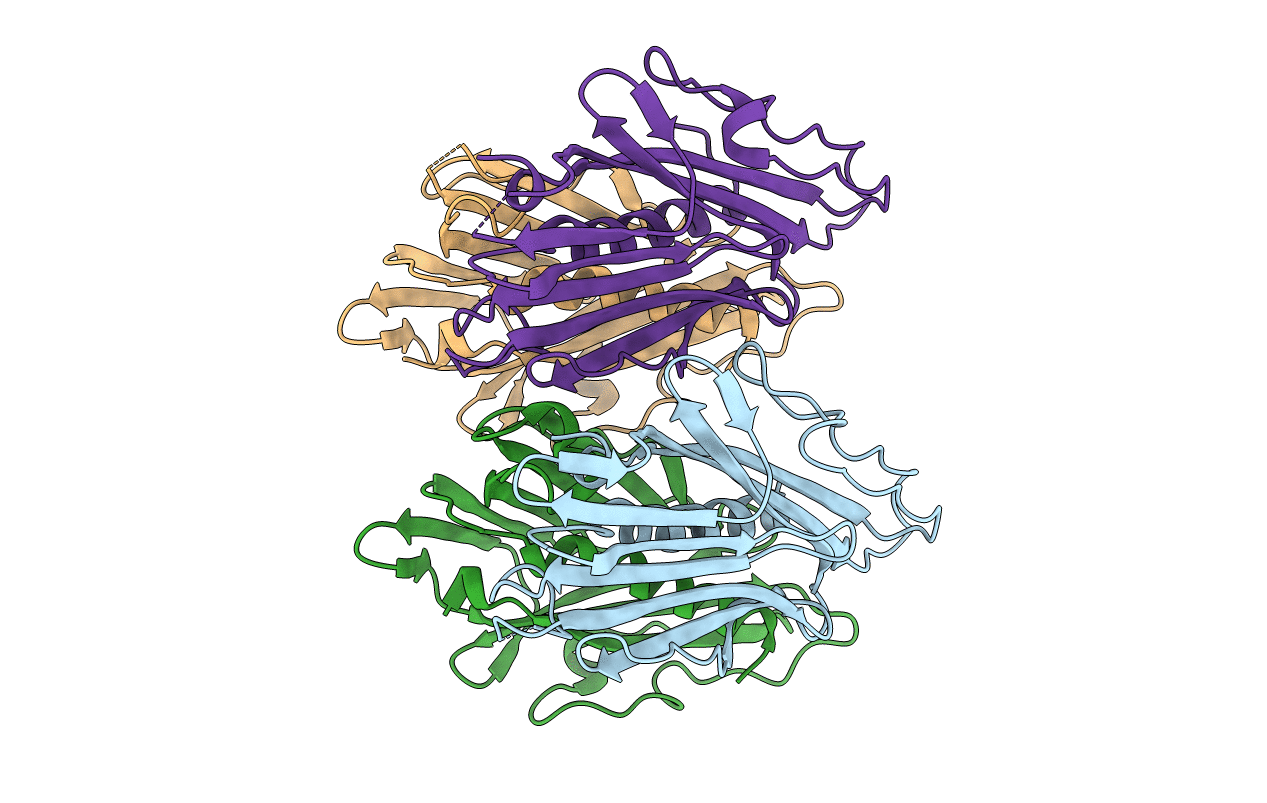
Deposition Date
2016-04-06
Release Date
2016-09-14
Last Version Date
2024-11-20
Entry Detail
PDB ID:
5G23
Keywords:
Title:
Type IV-like pilin TTHA1219 from Thermus thermophilus
Biological Source:
Source Organism:
THERMUS THERMOPHILUS (Taxon ID: 300852)
Host Organism:
Method Details:
Experimental Method:
Resolution:
1.85 Å
R-Value Free:
0.20
R-Value Work:
0.18
R-Value Observed:
0.18
Space Group:
P 1 21 1


